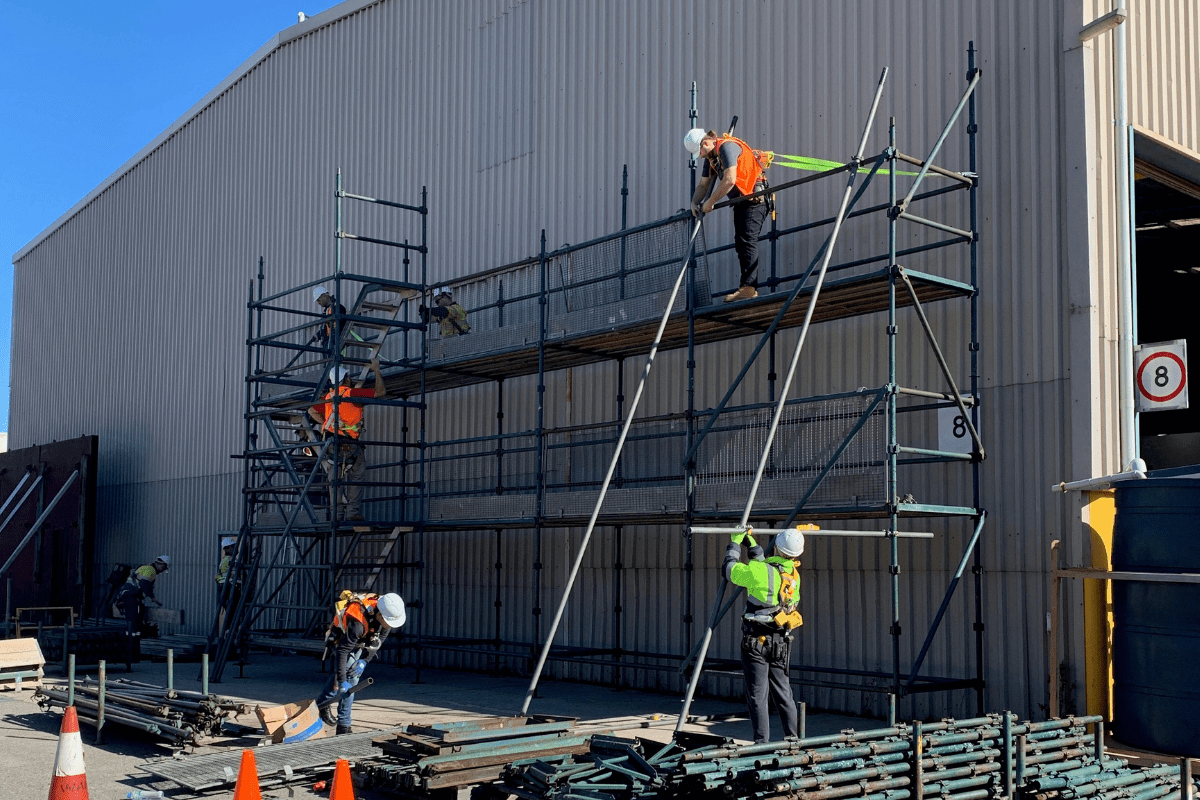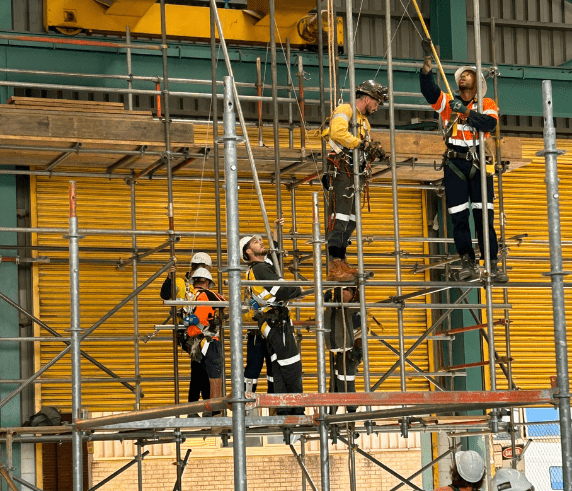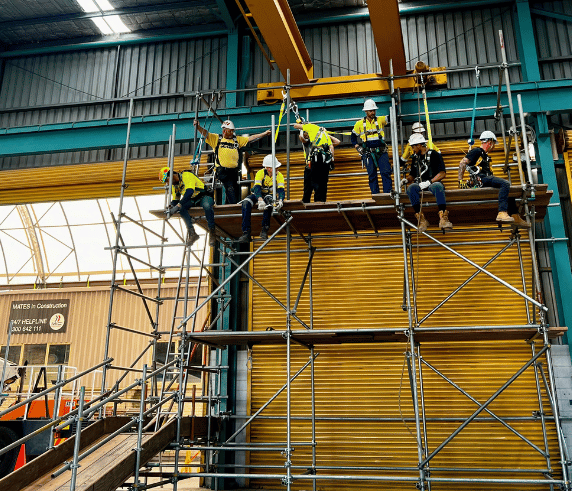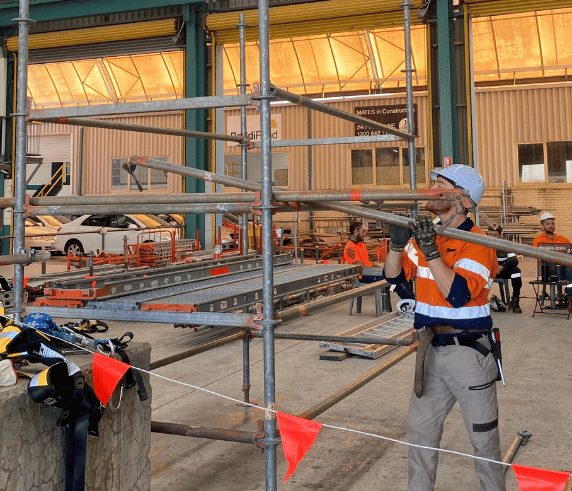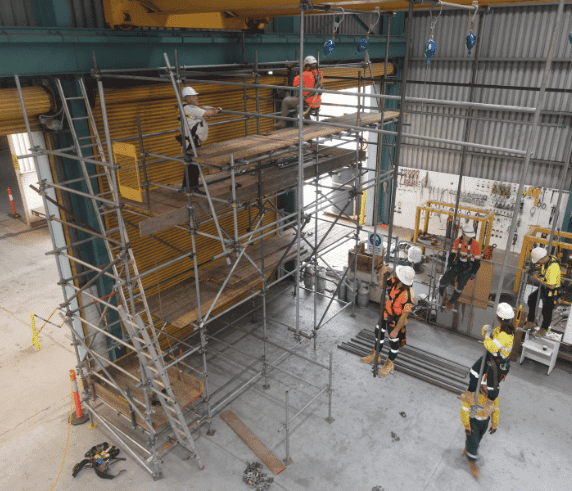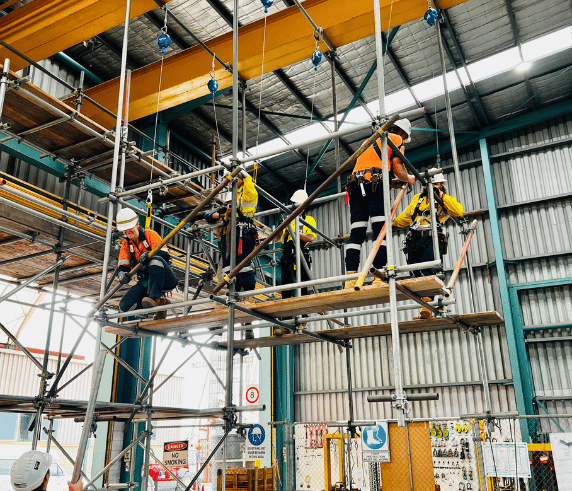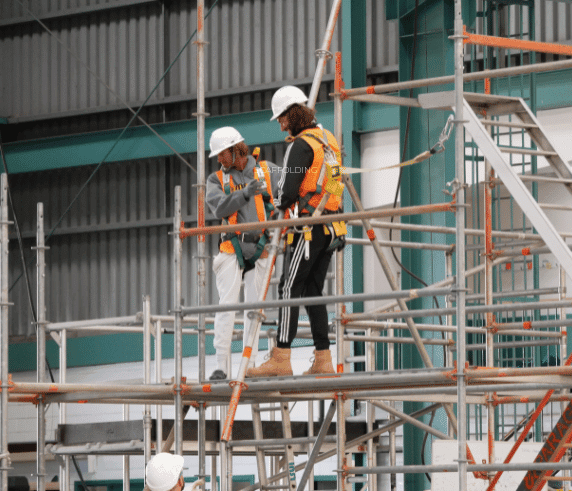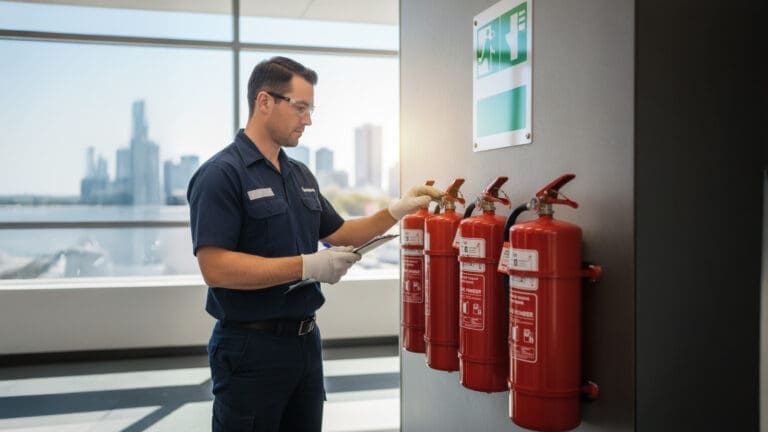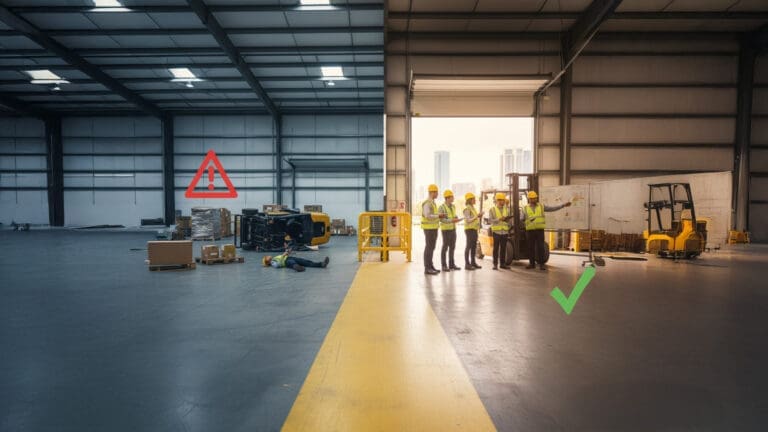How to Become a Scaffolder in Australia
Scaffolders have the advantage of being able to work on a diverse range of projects and environments. To be effective, you must be able to plan and construct working platforms as well as create scaffolding for a variety of building tasks.
Rigging
While a standard scaffolder will need additional training and instruction to be effective in rigging, their scaffolding experience will help them in this profession.
To lift big structural objects, riggers employ mechanical systems like derricks and jibs.
Construction scaffolding
Scaffolders are required to install scaffolds whenever construction workers need to repair or replace the facades of tall buildings. They provide a working platform for laborers and construction team members.
Scaffolds must be strong enough to hold these employees, as well as their construction tools and some building materials. A scaffolder in the construction business is normally required to have some additional industry and job-specific abilities.
Music and entertainment scaffolding
Scaffolders are needed for a variety of events in the music and entertainment industries.
They build structures for events such as fashion shows, industry awards ceremonies, and music concerts. In these events, they typically work for companies that provide services to the entertainment industry.
Scaffolders in this category also construct tiered seating and stand for public events such as concerts and sporting events.
Whatever the project, the scaffolder is in charge of inspecting the area and determining what type of scaffolding is needed. After that, the scaffolder unloads it and joins the braces and tubing to form the frameworks that will eventually become the scaffold. He will assemble all of the scaffold’s components, including ladders and rails.
The work doesn’t just end there. Scaffolders are usually tasked to check and maintain scaffolding equipment throughout its use. They inspect the scaffolding structure to ensure it is safe to use and eventually take it down after the work is done.
What Does It Take to Be A Scaffolder in Australia?
A scaffolder needs a High-Risk working license. The occupation is viewed as dangerous because of the extraordinary statures and different ecological conditions included. Scaffolders should accordingly be aware of wellbeing and word-related security prerequisites to limit hazards. To be successful in this field, you need to have these attributes:
- Physical strength – scaffolding is physically demanding. You need to be fit and strong to do the job well.
- Planning and organization skills.
- Problem-solving skills.
- Teamwork skills.
- Conscientiousness to follow safety procedures – by nature, the job involves working at heights. There are also other risks of heavy objects, construction working with tools and chemicals. An exceptional health and safety awareness is therefore essential.
- Ability to take and follow instructions – scaffolding requires attention to detail and a great level of concentration.
Training Pathways for Scaffholders
Like any discipline, a career in scaffolding requires some form of education. To become a qualified scaffolder, you need to learn the following:
A Nationally Accredited Course in Scaffolding
There might be numerous pathways to being a certified scaffolder. The beginning stages of this profession are the most important as these pave the foundation, guidelines, and best practices in the industry.
Gain important trade knowledge
- When you have the essentials, it’s vital to choose to fortify your abilities. This might include taking up functional undertakings in the platform, regularly through apprenticeships or hands-on preparing.
- You’ll enter a proper preparation contract with a business as a student or learner. A tremendous lump of your time goes into working and acquiring pragmatic abilities expected on the platform work. You likewise invest some energy taking up organized preparation with a picked enlisted preparing supplier to sharpen your abilities.
Saferight is a Registered Training Organisation (RTO Code 5722) conducting Scaffolding Training (All Levels – Basic, Intermediate and Advanced)
Each course level consists of a Theoretical Assessment and a Practical Assessment of which you will acquire the Units of Competency for the following:
- CPCCLSF2001 – Licence to Erect, Alter and Dismantle Scaffolding Basic Level
- CPCCLSF3001 – Licence to Erect, Alter and Dismantle Scaffolding Intermediate Level
- CPCCLSF4001 – Licence to Erect, Alter and Dismantle Scaffolding Advanced Level
Our Nationally Recognised Training is conducted by professional and experienced WorkSafe Approved Instructors in our facility in Welshpool.
For more information or group bookings, please visit our page or call us at 1800 352 335.
